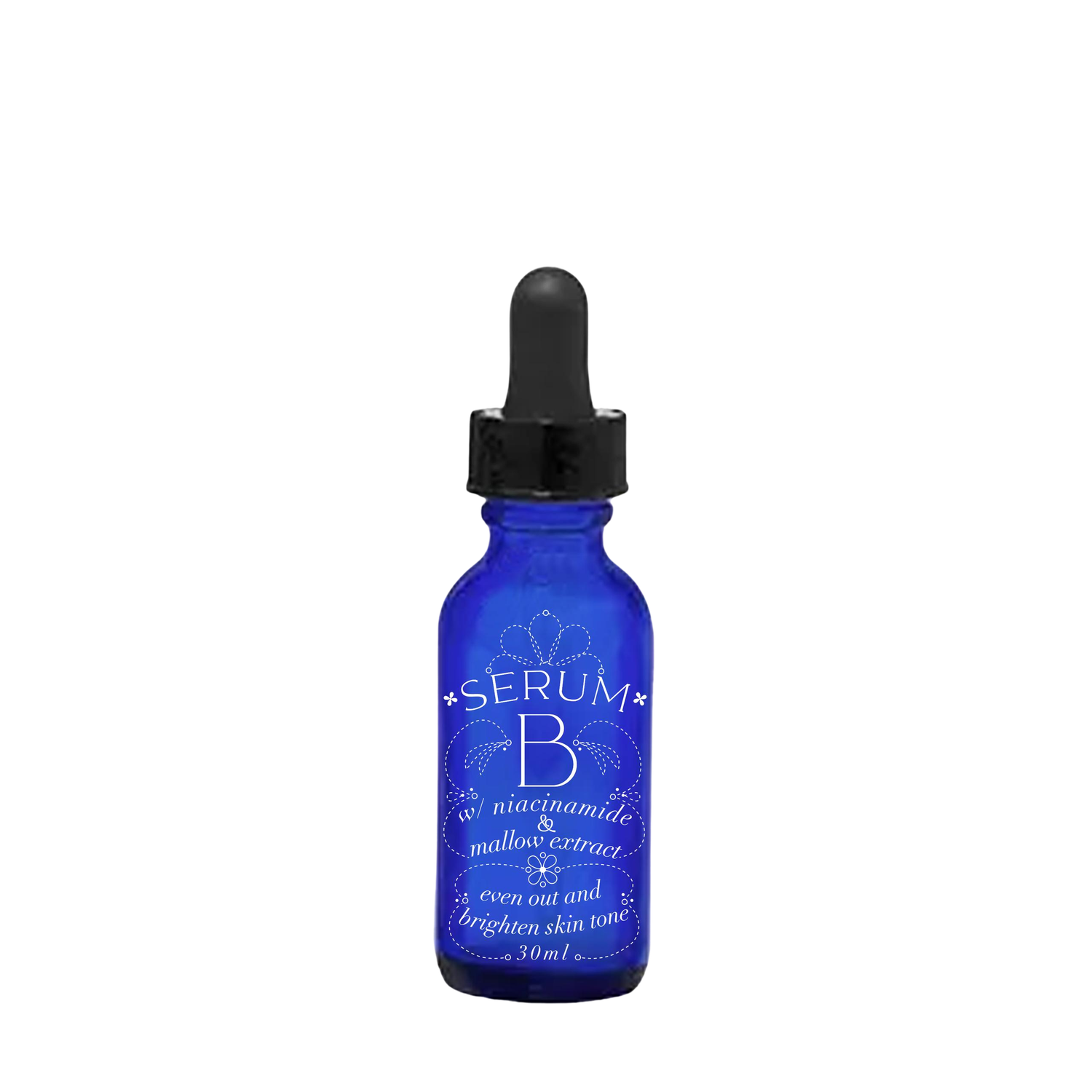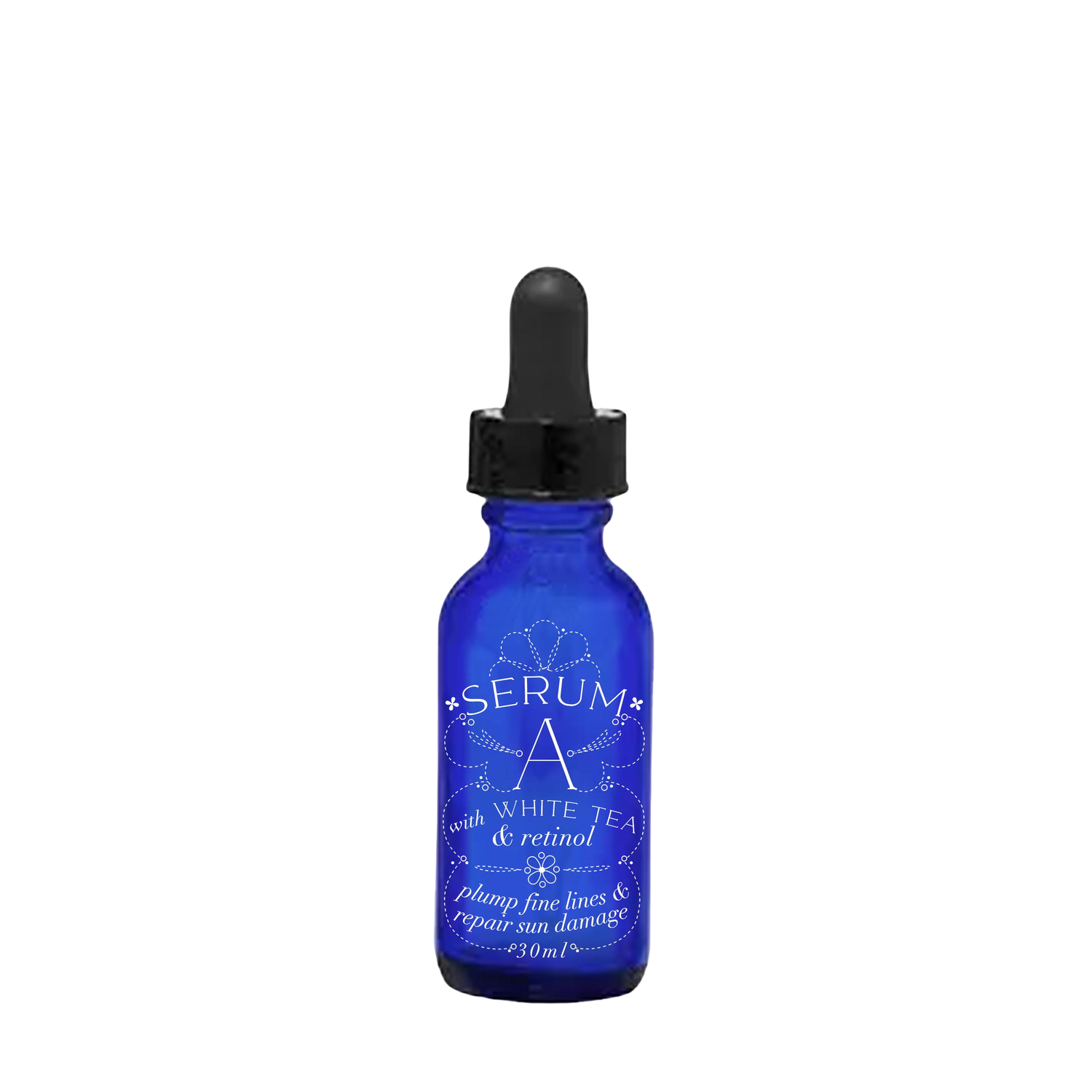all about niacinamide
Niacinamide: The Multi-Tasking Skincare Superstar Backed by Science
If there were an award for the most versatile skincare ingredient, niacinamide would be a top contender. Also known as vitamin B3, this water-soluble vitamin has evolved from a supporting player to a cornerstone of modern skincare regimens. Its appeal lies in a rare combination of proven efficacy and exceptional gentleness, making it suitable for almost every skin type and concern, from acne to aging. Let's dive into the robust scientific evidence that supports its superstar status.
What is Niacinamide?
Niacinamide is the active form of vitamin B3. Unlike its precursor, niacin (nicotinic acid), it does not cause flushing, making it ideal for topical application. It is a small, stable molecule that penetrates the skin easily and participates in numerous cellular processes, primarily by acting as a precursor to vital coenzymes nicotinamide adenine dinucleotide (NAD) and its phosphate form (NADP), which are essential for energy production and repair.
The Science-Backed Benefits
The clinical research on niacinamide is extensive and impressive, validating its use for a wide spectrum of dermatological concerns.
1. Barrier Repair and Hydration
A strong skin barrier is the foundation of healthy skin. Niacinamide strengthens this barrier by stimulating the production of key barrier lipids: ceramides, fatty acids, and cholesterol.
· Mechanism: Research shows that niacinamide significantly increases the synthesis of ceramides and other skin lipids in the stratum corneum. This leads to a reinforced skin barrier, which better retains moisture and protects against environmental aggressors and irritants [1].
· Result: This translates to a reduction in transepidermal water loss (TEWL), leading to better-hydrated, more resilient skin that is less prone to sensitivity.
2. Sebum Regulation and Pore Minimization
For those with oily and acne-prone skin, niacinamide offers a gentle yet effective solution for regulating oil production.
· Clinical Evidence: A seminal study published in the International Journal of Dermatology found that applying a 2% niacinamide gel twice daily for 4 weeks significantly reduced sebum production in the participants' facial skin. This effect is attributed to its ability to regulate the activity of sebaceous glands without over-drying the skin [2].
3. Anti-Aging and Hyperpigmentation
Niacinamide is a powerful anti-aging ingredient that tackles both wrinkles and discoloration.
· Pigmentation: It inhibits the transfer of pigment (melanin) from melanocytes to surrounding skin cells (keratinocytes). This action, demonstrated in clinical studies, leads to a gradual lightening of hyperpigmentation, sun spots, and melasma for a more even skin tone [3].
· Wrinkles: By boosting collagen production and improving skin elasticity, niacinamide can reduce the appearance of fine lines and wrinkles. It also functions as a potent antioxidant, helping to protect skin from free radical damage caused by UV exposure and pollution.
4. Anti-Inflammatory and Acne Treatment
Niacinamide’s potent anti-inflammatory properties make it highly effective for calming skin and treating inflammatory acne.
· Evidence: Studies have shown that 4% topical niacinamide was as effective as 1% clindamycin (a prescription antibiotic) in reducing inflammatory acne lesions over an 8-week period. This makes it a valuable non-antibiotic alternative for managing acne, helping to avoid issues like antibiotic resistance [4].
· Soothing: Its ability to calm inflammation also benefits those with conditions like rosacea and general skin sensitivity.
Niacinamide vs. Other Actives
· vs. Retinoids:
Retinoids are the gold standard for anti-aging and acne but can cause irritation. Niacinamide offers complementary benefits (barrier support, hydration, oil control) with zero irritation, and can even be used alongside retinoids to mitigate their side effects.
· vs. Vitamin C:
Both are antioxidants. Vitamin C is more targeted for photoprotection and brightening via direct tyrosinase inhibition. Niacinamide brightens by a different mechanism (inhibiting pigment transfer) and adds barrier, oil-control, and anti-inflammatory benefits. They can be used together synergistically.
· vs. Hyaluronic Acid:
Hyaluronic acid is a pure humectant that draws water into the skin. Niacinamide helps the skin retain that water by fortifying the barrier, making them an excellent pairing.
How to Incorporate Niacinamide Into Your Routine
Niacinamide is incredibly well-tolerated and can be found in a vast array of products, including serums, moisturizers, toners, and even sunscreens. Concentrations in OTC products typically range from 2% to 10%, with 5% being a common and effective starting point.
Tips for Use:
· Versatility: It can be used both morning and night.
· Layering: It plays well with almost every other ingredient, including acids, peptides, and other antioxidants. Its barrier-strengthening properties can help buffer the potential irritation from stronger actives like retinoids.
· Start Simple: While generally non-irritating, some people may experience minor redness or flushing with very high concentrations (10%+). Starting with a lower concentration or a formula that combines it with other soothing ingredients is advisable for very sensitive skin.
· Consistency is Key: As with most skincare, daily use yields the best long-term results for barrier health, oil regulation, and hyperpigmentation.
The Bottom Line
Niacinamide is not a trend; it is a foundational ingredient backed by decades of rigorous dermatological science. Its unique ability to simultaneously repair the skin barrier, regulate oil, reduce inflammation, minimize pores, and fight hyperpigmentation is virtually unmatched. Gentle enough for sensitive skin yet powerful enough for clinical concerns, it is a true multi-tasking superstar that deserves a permanent place in virtually every skincare regimen.
---
References
[1] Tanno, O., Ota, Y., Kitamura, N., Katsube, T., & Inoue, S. (2000). Nicotinamide increases biosynthesis of ceramides as well as other stratum corneum lipids to improve the epidermal permeability barrier. British Journal of Dermatology, 143(3), 524–531. [This study provides the biochemical basis for niacinamide's role in barrier repair, showing it directly stimulates the production of ceramides and other key lipids.]
[2] Draelos, Z. D., Matsubara, A., & Smiles, K. (2006). The effect of 2% niacinamide on facial sebum production. Journal of Cosmetic and Laser Therapy, 8(2), 96–101. [This clinical trial demonstrates the sebum-regulating effects of a 2% niacinamide formulation, providing evidence for its use in managing oily skin.]
[3] Hakozaki, T., Minwalla, L., Zhuang, J., Chhoa, M., Matsubara, A., Miyamoto, K., ... & Boissy, R. E. (2002). The effect of niacinamide on reducing cutaneous pigmentation and suppression of melanosome transfer. British Journal of Dermatology, 147(1), 20–31. [A key study establishing niacinamide's mechanism for treating hyperpigmentation by inhibiting melanosome transfer from melanocytes to keratinocytes.]
[4] Shalita, A. R., Smith, J. G., Parish, L. C., Sofman, M. S., & Chalker, D. K. (1995). Topical nicotinamide compared with clindamycin gel in the treatment of inflammatory acne vulgaris. International Journal of Dermatology, 34(6), 434–437. [This study directly compares the efficacy of niacinamide to a prescription acne treatment, establishing it as a effective non-antibiotic alternative for inflammatory acne.]
Disclaimer: This blog post is for informational purposes only and does not constitute medical advice. While niacinamide is generally considered safe for topical use, always consult with a dermatologist or healthcare provider for persistent skin concerns.
Powered by Lightspeed
Display prices in:USD


